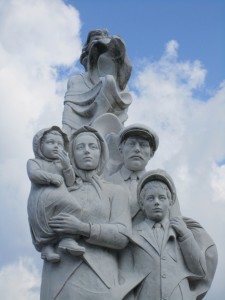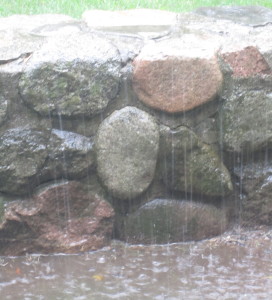
PHOTO: Mary van Balen
Originally published in The Catholic Times, May 14, 2017
Rain pelted the windows as I fell asleep one Friday night this spring. Thunder rumbled in the distance, occasionally exploding through the thick sky, rattling the window beside my bed. I’ve always loved thunder storms, especially at night when I have nothing else to do but listen and watch for lightning flashes that brighten the darkness for a moment or two.
When I awoke late the following morning, rain was still falling, and heavy clouds shuttered the sky making the house dark enough that I lit a candle for prayer time. Rain drops became my centering “word” as I tried to quiet my mind and simply sit with God. That’s never easy. Managing a minute or two out of twenty without thoughts crashing around in my head is a success. I trust the Holy One appreciates the effort.
But that Saturday morning, rain made a difference. After a while it became an icon of Grace, falling steadily on the world, replenishing Life’s Gift that flows through all creation. I sat for a long time, moving in and out of quiet, trying to be present enough that some of that Gift could find a place in me.
The image of Grace raining down on the world stayed with me all day. I remembered times of exhilaration, running out in a downpour, getting soaked, and tilting my head up towards the sky with my mouth open trying to taste the drops. I also remembered making mad dashes from car to door, trying to avoid rain altogether.
Saturday came and went, but as the new week moved along, the image raised questions. How eagerly do I embrace Grace given. Do I stand with arms outstretched and heart open? Do I let it drench me? Do I stop and listen, no matter where I am or what I’m doing? Do I welcome it in and let it flow out? Or am I too busy, too distracted by noise to hear?
If so, the morning rain said not to worry. Grace is always falling.
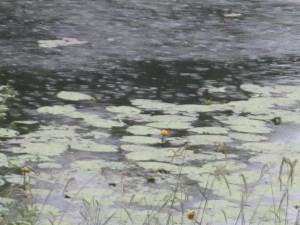
PHOTO: Mary van Balen
I remembered a few favorite scripture verses that speak about rain and God’s provident care:
For just as from the heavens/ the rain and snow come down/ And do not return there/ till they have watered the earth, /making it fertile and fruitful, /Given seed to those who sow/ and bread to those who eat, / so shall my word be/ that goes forth from my mouth;/ It shall not return to me void, /but shall do my will, /achieving the end for which I sent it. Is 55, 10-11
These words bring hope that God’s Spirit, falling into my deepest places, flows through me as I go about my days, helping me do the work, knowingly or not, that I am made to do.
Sing to the Lord with thanksgiving; / with the lyre make music to our God, /Who covers the heavens with clouds, / provides rain for the earth, / makes grass sprout on the mountains… Ps 147, 7-8
How important to nurture a grateful spirit, to give thanks for the outpouring of Grace that never stops, recognized or not.
Let us know, let us strive to know the Lord; /whose coming is as certain as the dawn, /and whose judgement shines forth like the light of day! /The Lord will come to us like the rain/like spring rain that waters the earth. Hosea 6, 3
Trusting that God’s coming “is as certain as the dawn” is difficult when the earth of our hearts is parched or when suffering and injustice in the world overwhelms. Concerns of the heart can tempt it to close in upon itself, to keep Grace running down the outside instead of pouring in.
I have a photo of a rainy afternoon outside the apartment I stayed in one summer during a writing workshop in Minnesota. I think I’ll make a print of it and keep close by—an icon of never-ending Grace and Presence.
©2017 Mary van Balen


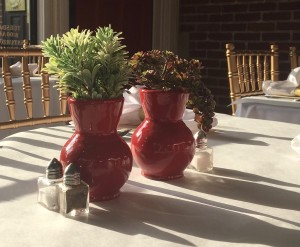
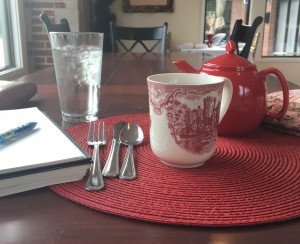


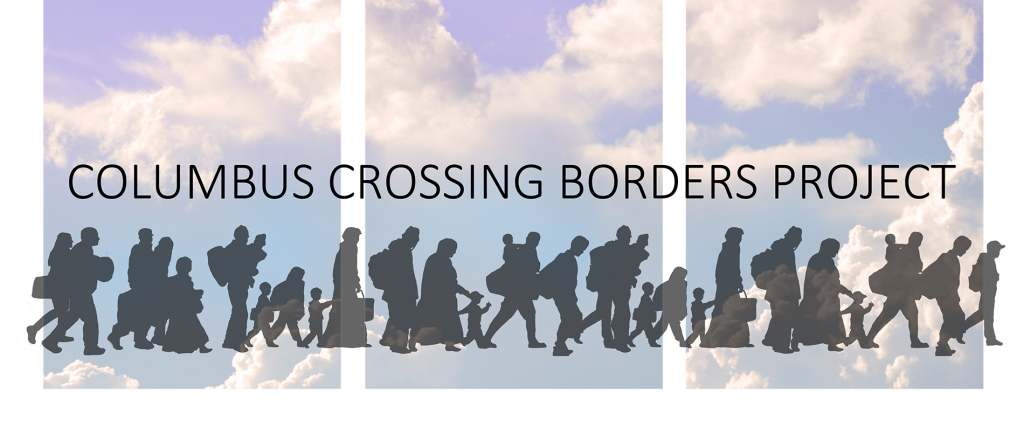 The
The 
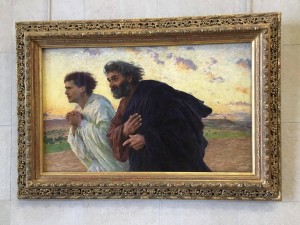
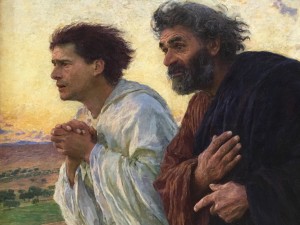

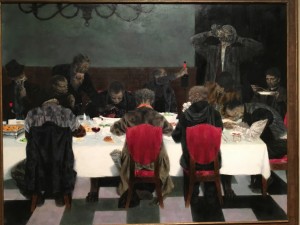



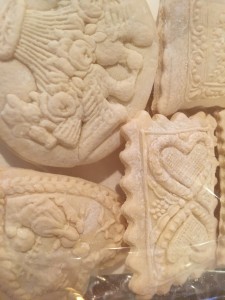
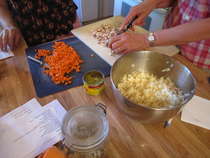
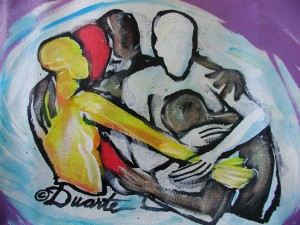
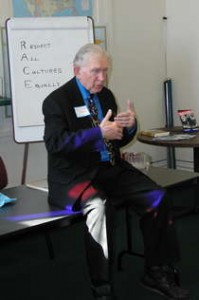

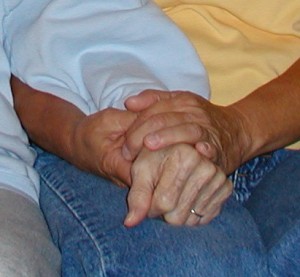
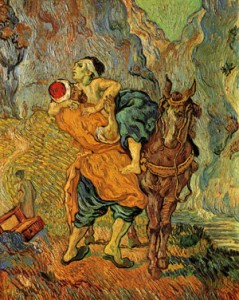

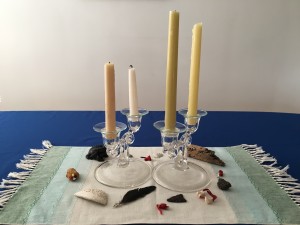
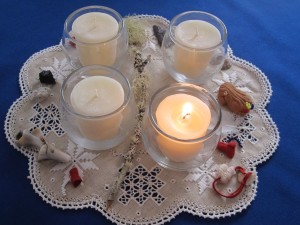
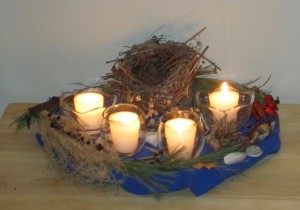

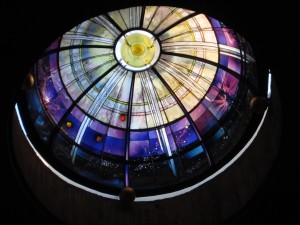 Originally published in The Catholic Times, November 12, 2016 issue
Originally published in The Catholic Times, November 12, 2016 issue